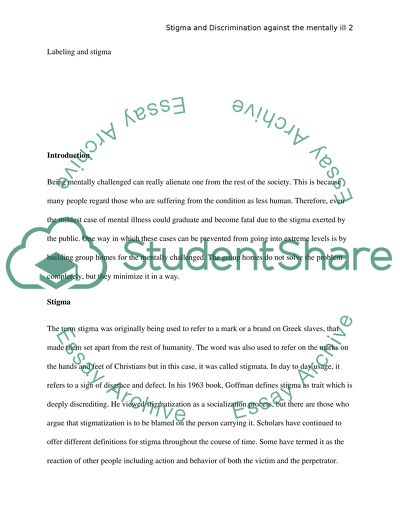Cite this document
(“The stigma and discrimination against the mentally ill in a group home Research Paper”, n.d.)
Retrieved from https://studentshare.org/sociology/1445993-the-stigma-and-discrimination-against-the-mentally-ill-in-a-group-home
Retrieved from https://studentshare.org/sociology/1445993-the-stigma-and-discrimination-against-the-mentally-ill-in-a-group-home
(The Stigma and Discrimination Against the Mentally Ill in a Group Home Research Paper)
https://studentshare.org/sociology/1445993-the-stigma-and-discrimination-against-the-mentally-ill-in-a-group-home.
https://studentshare.org/sociology/1445993-the-stigma-and-discrimination-against-the-mentally-ill-in-a-group-home.
“The Stigma and Discrimination Against the Mentally Ill in a Group Home Research Paper”, n.d. https://studentshare.org/sociology/1445993-the-stigma-and-discrimination-against-the-mentally-ill-in-a-group-home.


